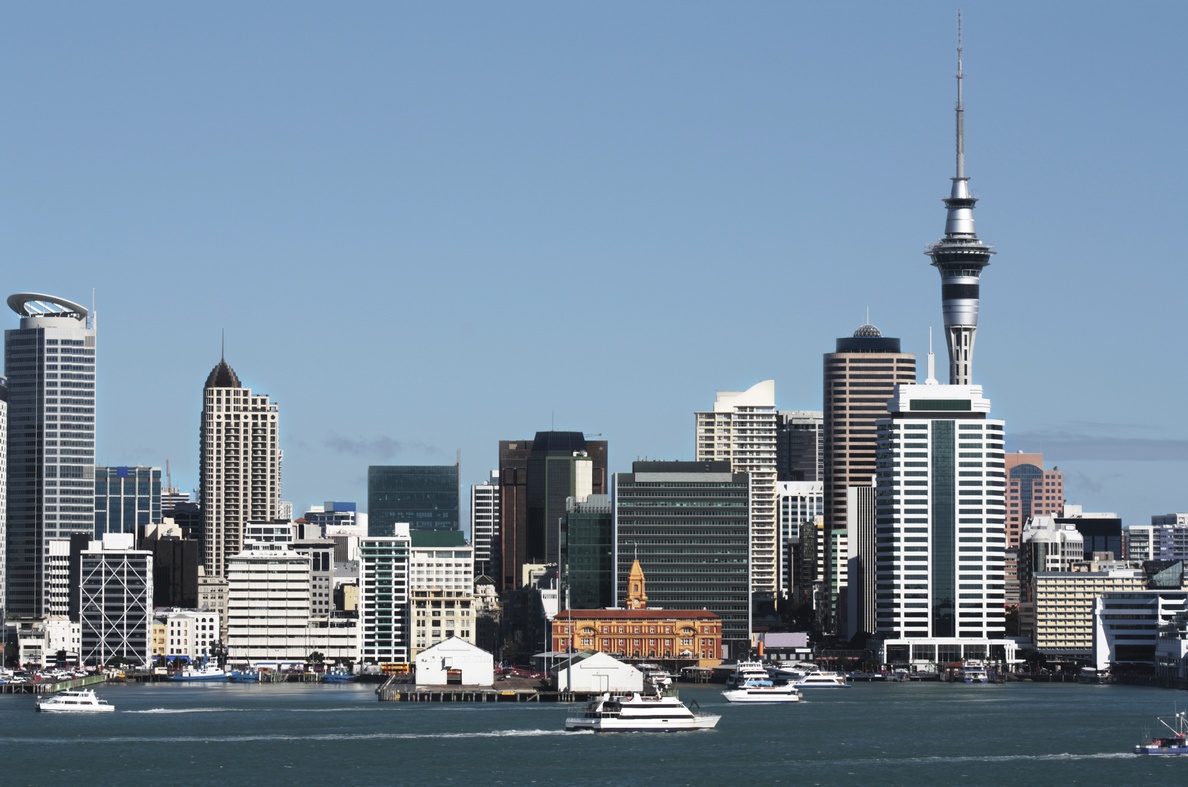Auckland regional household labour force survey: quarterly overview March 2020
Author:
Ross WilsonSource:
Auckland Council Research and Evaluation Unit, RIMU | Statistics New ZealandPublication date:
2020Topics:
EconomyAn overview of labour force participation in Auckland, as indicated by results of Statistics New Zealand's quarterly Household Labour Force Survey. HLFS
Overview and highlights
Note: The March 2020 quarter included just over a week of covid-19 lockdown level 3 and 4 (starting March 23), so the latest HLFS data mostly reflect pre-lockdown conditions.
For the quarter ended March 2020:
- There was a slight increase in labour force participation rate (to 71.0%), but population and employment were unchanged so unemployment rose.
- The overall unemployment rate was 4.8%, significantly higher than the previous quarter and the highest quarterly rate since 2017.
- The NEET (not in employment, education or training) rate for youth aged 15-24 was 16.3%: above the preceding quarter (10.9%), and above a year earlier (13.9%).
Over the year ended March 2020:
- The unemployment rate overall averaged 4.3% in the year ended March 2020, similar to 4.2% in the year ended March 2019 and among the lowest annual rates since 2008.
- The unemployment rate among those aged 15 to 19 averaged 16.8%, slightly lower than 20.0% a year prior (and still well below the peak of 30.9% in 2011).
- The unemployment rate for females of all ages averaged 4.7%, similar to 4.3% a year prior, while the unemployment rate for males averaged 3.9%, similar to 4.0% a year prior. The gap between males and females (0.8%) has narrowed compared to its peak in the year ended June 2015 (2.5%).
- Unemployment rates among Māori (8.40%) and Pacific people (8.0%) were both similar to a year prior (8.3% and 8.9% respectively), and no longer trending down like they had been from 2013 to 2017; they remained higher than European (3.0%) and Asian (4.4 %) ethnic groups.
- The labour force participation rate overall averaged 70.7%, similar to 70.9% a year prior, which was the highest-equal ever (since at least 1986).
- The labour force participation rate for females averaged 66.2%, one of the highest since at least 1986 and part of the uptrend since 2003 (57.2 %).
- The labour force participation rate for people aged 20-24 averaged 78.0%, the highest since 1999 and continuing the uptrend since 2013 (67.2%), but still lower than the previous peak of 83.0% in June 1998.
Overview published May 2020
